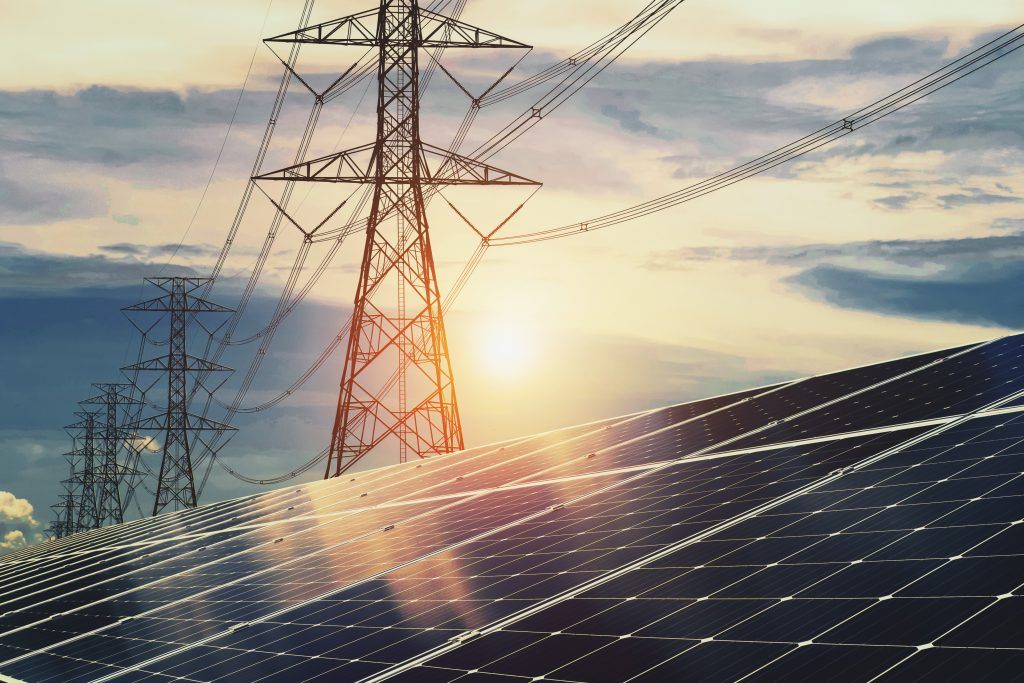Octopus Energy has taken another step in its mission to transform the energy system with the integration of electric cars into National Grid’s Balancing Mechanism.
The mechanism uses flexible assets – things that produce and consume capacity – like EVs, batteries and gas power stations to ensure supply meets demand and the lights stay on.
An electric car-only combined unit in the mechanism will eventually see hundreds of thousands of Octopus customers participate as a virtual power plant. This is where digital technology enables all the cars to become like one large power station.
A National Grid ESO trial has been running for seven months using only Octopus customers with electric cars to balance power. Its success paved the way for other suppliers to do the same and offer a greener alternative to gas power stations.
Octopus customers taking part in the mechanism through the Intelligent Octopus Go tariff get heavily reduced charging rates. And every energy bill payer benefits through a reduction in system balancing costs.
The trial has proved that many ‘mini power plants’ – electric cars – can be as useful as one big power plant. The only difference is that consumers pocket the cash for balancing the grid rather than big energy firms.
Extrapolating the results of the trial, if all 10 million EVs that are expected to be in the UK by 2030 participated in the Balancing Mechanism, system costs would be reduced by almost £100 million a year. They would also prevent abundant renewable energy from being constrained during low demand.
Octopus’ involvement in the trial, in which it was the sole participant, showed that domestic devices could balance the grid. The trial ends soon and global energy supplier, Octopus Energy, will share lessons and plans – and discuss the implications for the industry.
Alex Schoch, Head of Flexibility at Octopus Energy, said:
“We’ve empowered customers to take an active role in the energy system by standardising the process with National Grid and using cutting-edge technology. This will accelerate the transition to a cheaper and more sustainable future. This bottom-up approach to energy transition benefits consumers and drives down system costs, ensuring that everyone profits from the shift towards electric transport.”
Image courtesy of Shutterstock.















